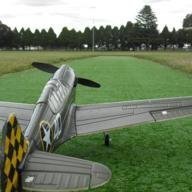-
Posts
473 -
Joined
-
Last visited
-
Days Won
2

boingk replied to Gforce's topic in AUS/NZ General Discussion

boingk replied to Gforce's topic in AUS/NZ General Discussion

boingk replied to Gforce's topic in AUS/NZ General Discussion

boingk replied to Gforce's topic in AUS/NZ General Discussion

boingk replied to Gforce's topic in AUS/NZ General Discussion

boingk replied to Gforce's topic in AUS/NZ General Discussion

boingk replied to Gforce's topic in AUS/NZ General Discussion

boingk replied to Gforce's topic in AUS/NZ General Discussion

boingk replied to Gforce's topic in AUS/NZ General Discussion

boingk replied to Gforce's topic in AUS/NZ General Discussion

